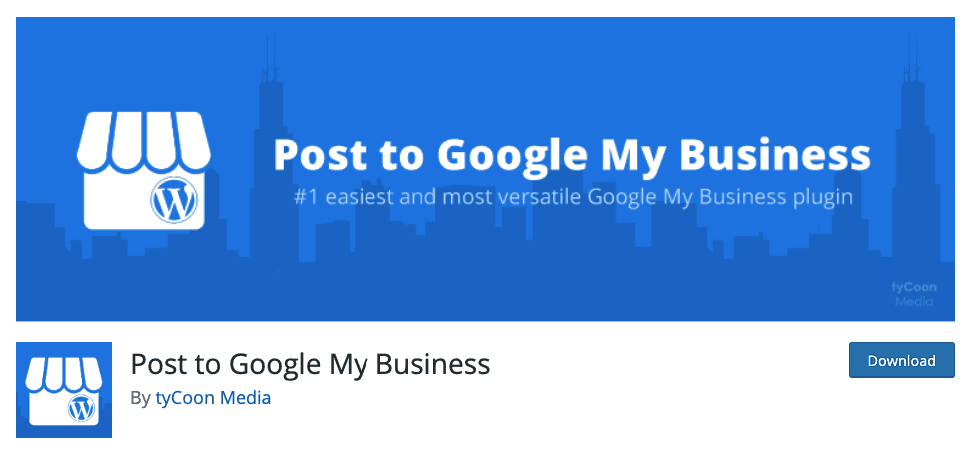
This particular review widget wasn’t a problem for several years, until a patient mentioned a certain medical procedure by name in his (5-star) Google review of my client. I never cared much for the functionality of that widget, but it didn’t seem to do harm, so we kept it around on the site. The content of the reviews wasn’t visible ON his site, but the widget would update the star rating and review count as patients wrote new reviews. The widget automatically embedded the content of my client’s patients’ Google Maps and Facebook reviews onto his site. That was the toe-popper one of my clients and I stepped on recently. So from now on I’ll just refer to them as BAdWords.īeware review widgets – at least the kind that “streams” online reviews (like Google Maps reviews) and sticks them onto your site in any way.

You run into trouble only if a person or piece of software puts even one of those restricted terms onto your site.īy the way, I find it tiresome to call them “restricted terms” or “disallowed content” or whatever constitutes Google’s huge no-fly list of search terms in AdWords.

“Banned” terms that show up on your Google My Business page (like in your description) or on Google Maps (in the form of Google reviews) won’t prompt Google to pull your ads, as long as that content stays on your GMB page(s) or in your reviews. Any restricted terms that find their way into your website’s source code can cause Google to disapprove your Google Ads (AdWords) ad – even if you didn’t personally add that content to your site.


 0 kommentar(er)
0 kommentar(er)
